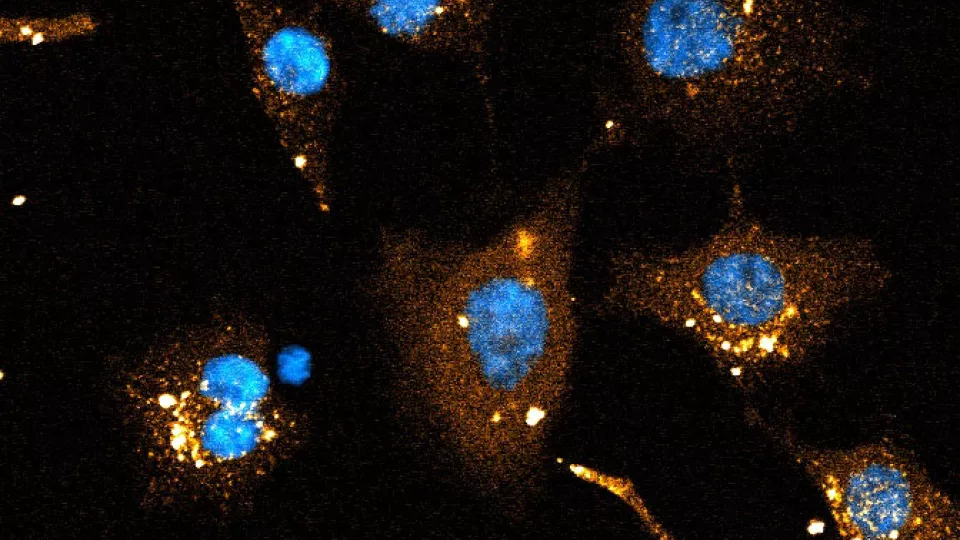Since the COVID-19 pandemic, RNA got into the focus of research and society in form of vaccines. RNA therapeutics, such as mRNA or siRNA, showed high potential for a variety of diseases, since they can be specifically used to send instructions to the body's cells about which proteins need to be produced or stopped being produced. However, most of the RNA molecules can target only a few organs, mostly the liver, which limits its use. Currently, RNA molecules are delivered using lipid nanoparticles, which allows better uptake by cells, but less than 1 percent of the RNA cargo seems to end up in the right place to be transcribed efficiently.
Anders and his team developed a new method to efficiently quantify delivery of RNA down to a few hundreds of RNA molecules per cell. This will enable better screenings for delivering RNA to tissues, for example tumors. As such, with the fastest microscope in the Nordics Anders and his team are greatly equipped now with the fastes confocal in the Nordics to continue optimizing the technique and perform screenings for efficient RNA delivery.


